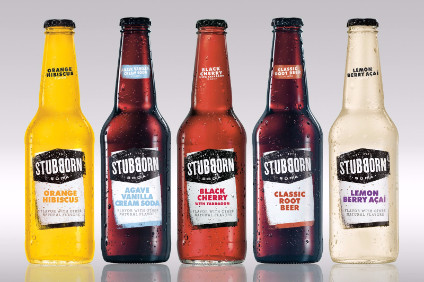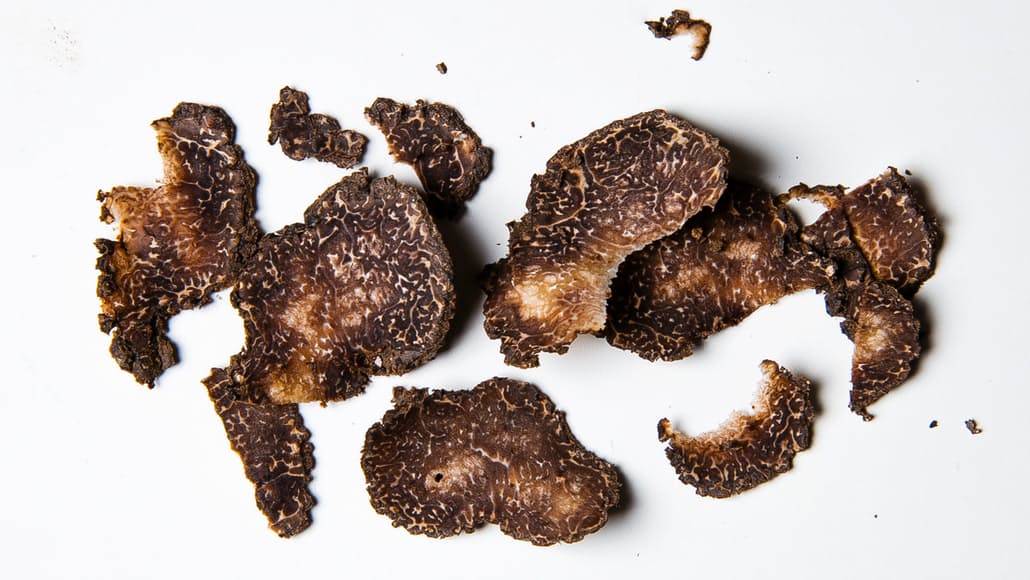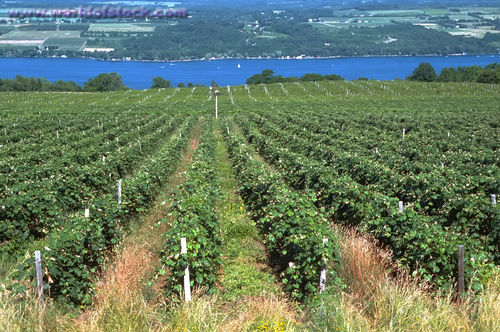By Richard Corbett | 28 February 2017
While the term craft continues to dominate many areas of the drinks industry, the soft drinks category appears to be immune to the concept. Richard Corbett considers the opportunity, and looks at those who come closest to donning the craft mantle.
Both the beer and spirits categories have experienced – are experiencing – the craft movement; a wave of producers rising up from nothing to compete with the corporate and highly-polished brands that have refreshed consumers for years. Every craft product has its own story, a product beginning life as a dream discussed around a kitchen table rather than a concept put forward on a boardroom table. The artisan techniques and personalised stories giving consumers an experience as much as giving them a drink.
The category has a range of handicaps to deal with. For a start, there are so many more soft drink consumption occasions than there are for alcoholic drinks. Then, the core alcohol consumer is more mature, making them more affluent and, thus, more willing to pay a premium. And, craft alcohol consumers are more fashion-conscious, making them more likely to respond to marketing.
For these reasons, the fuse has barely been lit on a craft soft drink segment.
Dipping their toes in have been the likes of PepsiCo, with its craft-positioned Stubborn Soda range. Launched in mid-2015, the concept adopts flavours with a ‘spin on the traditional’, delivering the product in a stylish glass bottle and from a specially-designed fountain that creates a “tap-like pouring ritual”. The problem is that there is no real story behind the brand: Stubborn Soda has not been on a journey to demonstrate its provenance. What PepsiCo has created here is a craft-themed adult soft drink, not a craft soda.
While there may not be a clearly-defined craft soft drink movement, one could argue that some of the most successful new entries into the soft drinks market in the last decade or two could be described as craft-style drinks. The one factor that ties them together is that they are all enjoyed by an adult audience.
Historically, UK smoothie and juice producer Innocent has targeted the same age-profile of audience as craft beer has. Indeed, as with many craft beer brands, the company – now part of The Coca-Cola Co – took a marketing tack that could fairly be described as ‘off the wall’. The labels didn’t just tell you what goes into the drink, they would also try to entertain. It was all authentic, too, and being unorthodox was very much part of the culture of the company. I recall calling head office in the company’s early days, only to be told that the whole office had gone snowboarding for a couple of days. Innocent was a start-up company with an ethic that made us all want it to succeed.
Founded in 2002 the Monster energy drink brand continues to appeal to a 15-24 crowd, promoting itself as rebellious, insubordinate and unconventional. The more Monster’s consumers were told that energy drinks were bad for them, the more they would drink: hence, the popularity of the bigger 50cl can. Comparisons of the brand’s approach can be drawn with a number of craft beers, but one popular craft operator, BrewDog, come immediately to mind.
UK-based Fever-Tree’s roots, meanwhile, were planted a little over a decade ago, and began with the Phileas Fogg-like search for the highest-quality quinine, the key ingredient of tonic water. The quest concluded in the war-torn Democratic Republic of Congo. Ingredient sourcing for its products is a major part of the brand’s positioning and, by highlighting the effort that goes into securing such provenance will always justify a premium price. The company may be young, but the brand oozes heritage, making Fever-Tree a craft contender.
Fever-Tree’s craft influence is illustrated by the recent emergence in its portfolio of a number of traditional-style drinks like Madagascan Cola, Sicilian Lemonade and ginger beer. While these fit the craft bill, I would be surprised if they ever make a meaningful contribution to the Fever-Tree’s bottom line. As with Stubborn Soda, they are more adult soft drinks and will remain niche.
“There is still no identifiable craft soft drink movement that comes close to rivalling beer or spirits”
The line between an adult- and a craft-soft drink is pretty blurred. While there are soft drinks brands that have enjoyed fabulous success because they have a story and a provenance, or have adopted similar marketing strategies to craft beer brands, there is still no identifiable craft soft drink movement that comes close to rivalling beer or spirits.
Despite this, the lack of a craft segment in the wider soft drinks world shouldn’t be seen as bad news for the larger soft drinks players out there. In reality, it should be celebrated by them. After all, their brands will not come under the same threat that the major brewers and distillers’ brands have done in recent times.
Expert analysis
Soft Drinks Global Overview: Growth Opportunities Between Category Lines
Economic uncertainty in key emerging markets and an increasingly global consumer demand for healthier beverage options are creating radical changes in the soft drinks industry. Water is the main drive…read more






